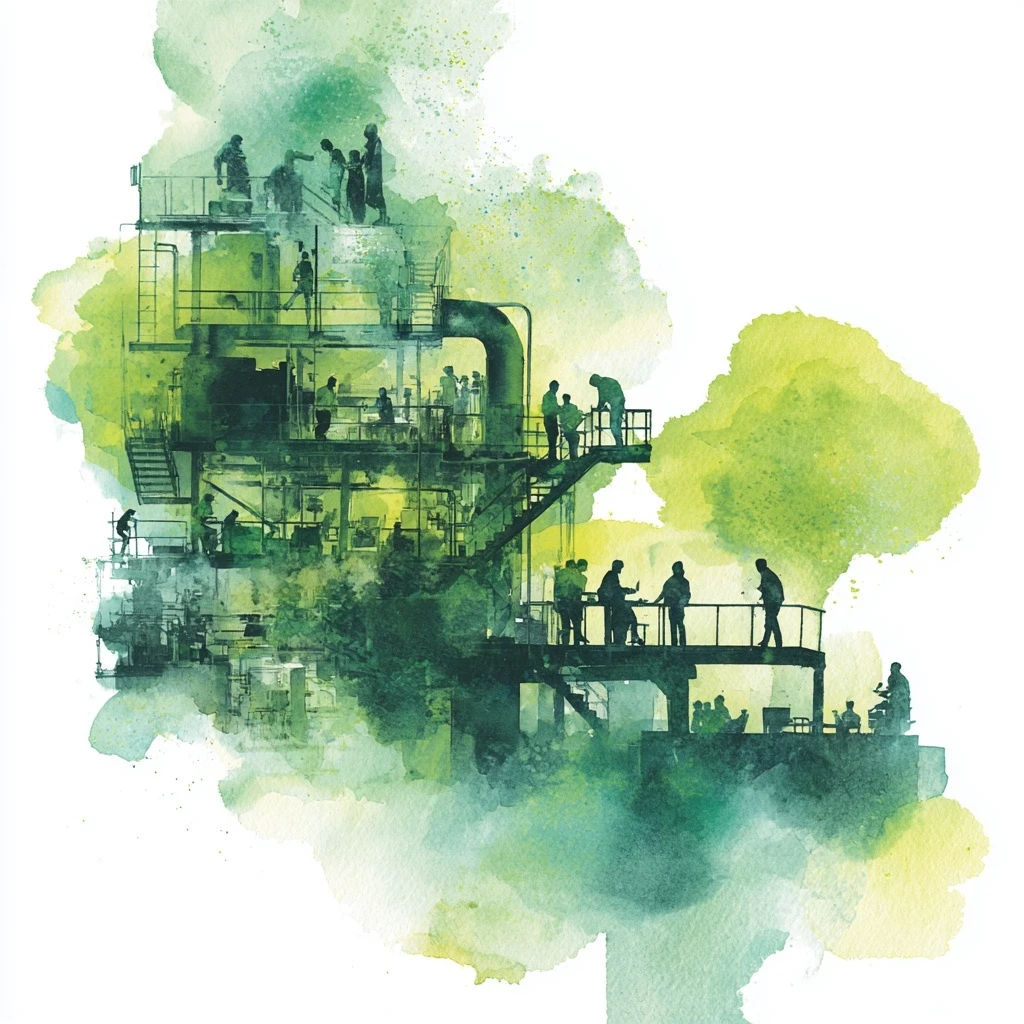Process Ownership – the Underutilized Supercharger for your End-to-End Optimization
Add bookmark
Q: In your recent corporate roles, what has your experience with Global Process Ownership been?
I’ve had varied GPO experience across different organizations. First was with a company at the start of it GBS journey, and they immediately approached GBS in a ‘big’ way – outsourcing to Poland and India, etc. There I was responsible for Invoice-to-Cash as a GPO – so the finance aspect of Order-to-Cash.
Then I moved to another organization in a similar role, but the intent was to expand the scope into customer service, as well. In other words, true Order-to-Cash, but that did not materialize for various reasons. At my current company I am running Oder-to-Cash and more recently also took on Plan-to-Invoice – this is a significantly larger scope as it includes the supply chain part, in other words Plan-to-Order. So, my role has expanded from customer service, credit, collection, cash application and primary data, reaching from invoice to cash.
As part of my focus shift on Plan-to-Invoice – which includes demand planning, core fulfilment, inbound, customs, outbound, and customer service – the credit, collections and cash application part has moved to a finance services lead.
Q: Why is splitting the finance part from the customer service part important at this stage? It seems like from a GPO perspective it’s going backwards, or fragmenting the end-to-end approach?
While this may seem counter-intuitive to E2E scope integration, what’s important for us is that we have one face towards the function, e.g., GBS Finance Service Lead talking to the Finance Directors, etc. At the same time the Plan-to-Invoice Service Lead is of course talking to the Finance Service Lead – we all sit under one GBS leader, after all, and if we collaborate and align, we will be successful. So, while the overall ownership sits one level up – that does not mean we cannot create a successful end-to-end process.
This is basically the next step in the GBS maturity curve. So as GPO – or really, Global Service Owner, I am responsible ultimately for my part of the product.
This Interview is extracted from SSON Research & Analytics' Research Insight Report Series:
End-to-End Process Integration and Optimization: the [Critical] Role of the Global Process Owner
Available exclusively by SSON Research & Analytics Subscription
Q: E2E tends to sit within functional areas. What makes it possible to push outside these areas?
In some organizations the necessary collaboration between sub-processes or partial process owners just doesn’t exist. The functions can be very protective, each working in their silos. In those cases, you can only do the best you can in your part of the process. But I know I wanted to incorporate customer service as well.
One critical factor in my current place is that we work in a Dev Ops and Product-led environment – meaning, through our Objectives and Key Results (OKRs) we align across domains. So, a combined approach of product owner/business owner; tech team; and agile expert all work holistically together, connecting through OKRs. That means we talk about E2E but prioritize via OKRs. It keeps us focused and working on the same things.
It also creates the necessary E2E mindset. Many of these ideas are borrowed from Amazon. If you’ve read the book “Working Backwards,” it explains how Amazon grew so fast that the company had difficulty staying connected and used OKRs to do so. We’re doing the same thing but for process. The concepts are similar: a focus on process excellence and technology solutions, making sure that we support our centers with these solutions, that all is documented, the right KPIs are in place, and we build the right org designs around it.
This is about driving digital transformation through technology, best in class processes, and measuring KPIs.
Q: So, a successful E2E approach should be based on common targets, incentives, and communication?
Yes, but the big difference is the collaborative mindset, which fuses people. If you get that part right, there are no turf wars about staff moving into a team. The people and their reporting lines are maintained as is, but they are shifted into product teams as and when they are needed to solve a problem.
Then, at some stage, as these people are sitting in GBS operations – it’s less sensitive to address whether those people that are still reporting into the function should shift and report to GBS, as they are already there. We keep the team – tech, process, and operations – in our GBS hubs. We also have a rule that there can be maximum two time zones within one product team.
Q: What is the seniority of GPO roles? How important is it that these are senior people, with influence?
We started with the VP level, so that was me, as GPO of Order-to-Cash. Then I hired Directors (who sit under Senior Directors), and they in turn hired a team. As we gained maturity, some of those Directors became Senior Directors, with Directors reporting into them. We now have 1,400 people globally and plan to expand to 3,000-4,000 within three years.
Q: Given all the advantages … what are the biggest benefits of GPOs, from your perspective?
Cost saving is still the number one objective. All the transformational work we are doing, along with operational excellence initiatives like RPA, are delivering on cost – we can now do the same or more work with fewer people.
The second element would be innovation. Doing things differently to how they were done before. And that has an impact on improving efficiency – but more importantly, it improves the customer journey, too. So, when you take that perspective, you start to design your work around the customer journey. And there’s a natural domino effect which improve the employee journey, as well.
For example, we use a particular tool in credit and collections and are now able to send emails to customers with a list of outstanding invoices. The email offers three options: Pay, Dispute or Raise a Note. Although it looks like an email, it’s actually connected directly to our system, so it’s really a self-service tool that pushes the process forward. That’s true innovation. It improves the customer’s experience and at the same time improves employees’ work experience.
Similarly, we now have virtual assistants on desktops that interact with the collections dashboard to identify a customer, call them, transcribe the call, and basically help to close the loop.
Q: The GPO concept has been used in GBS for about a decade already. And yet, many organizations not progressed. Why?
I think it’s largely about company culture. The strategies are generally the same. If you are lucky enough to have collaboration at the heart of how things are done in your organization, I think you are halfway there, if not more.
What also makes a difference, though, is whether an organization is in a growth phase or whether it’s fighting against lower margins. If you’re in a company that’s very growth oriented and that is going from strength to strength, there’s an excitement in the air that tends to align ideas and support investment. On the other hand, if your volumes are dropping or competitors are advancing, then all you can really do is fight the fight on a cost basis. And that’s not conducive to collaboration as it tends to build walls as people defend their turf.
I think that’s an important concern as at the end of the day, we are effectively in a sales role – selling a service.
Get the full report:
Available exclusively from SSON Research & Analytics























